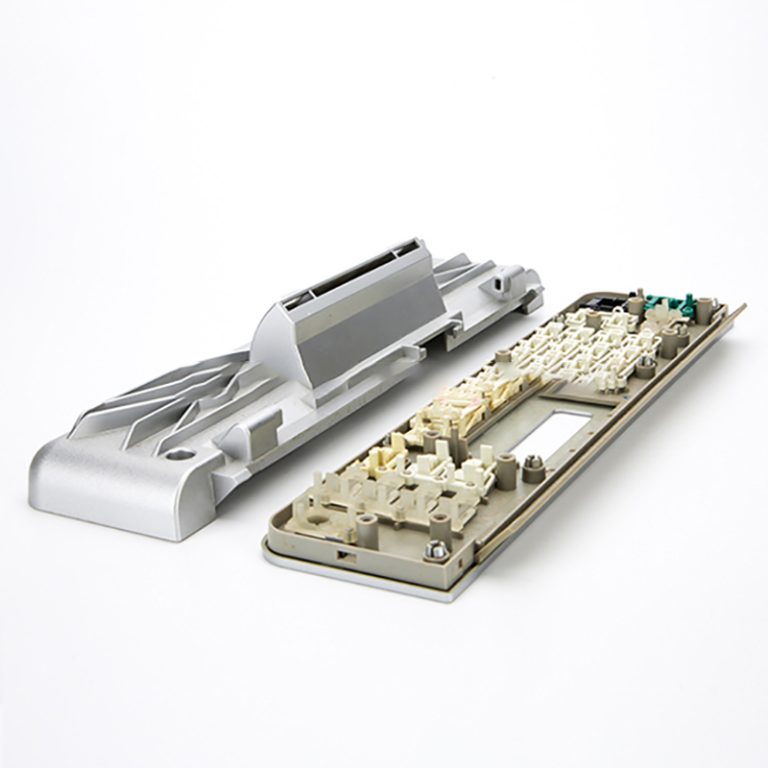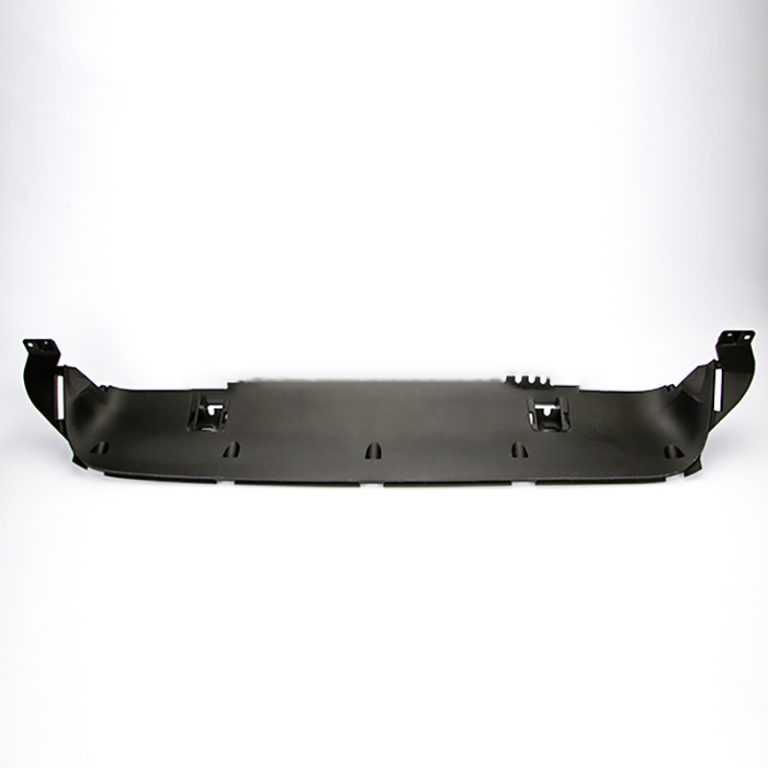Table of Contents
Advantages of Using High-Performance Engineering Plastics in Injection Molding
Plastic injection molding is a widely used manufacturing process that involves injecting molten plastic material into a mold cavity. This process allows for the production of complex and intricate parts with high precision and repeatability. One of the key factors that determine the quality and performance of the final product is the choice of material used in the injection molding process.
High-performance engineering plastics are a popular choice for injection molding due to their superior mechanical properties, thermal stability, and chemical resistance. These materials are specifically designed to meet the demanding requirements of various industries, such as automotive, aerospace, electronics, and medical devices. In this article, we will discuss the advantages of using high-performance engineering plastics in injection molding.
One of the main advantages of using high-performance engineering plastics in injection molding is their excellent mechanical properties. These materials have high tensile strength, impact resistance, and stiffness, making them ideal for applications that require high performance and durability. Additionally, high-performance engineering plastics have low creep and fatigue resistance, ensuring the longevity of the final product.
Another advantage of using high-performance engineering plastics in injection molding is their thermal stability. These materials can withstand high temperatures without losing their mechanical properties, making them suitable for applications that require exposure to heat and harsh environments. Additionally, high-performance engineering plastics have excellent dimensional stability, ensuring that the final product maintains its shape and size over time.
Chemical resistance is another key advantage of using high-performance engineering plastics in injection molding. These materials are resistant to a wide range of chemicals, including acids, bases, solvents, and oils. This makes them ideal for applications that require exposure to harsh chemicals or environments. Additionally, high-performance engineering plastics have excellent weatherability, ensuring that the final product can withstand exposure to UV radiation and extreme weather conditions.
| Material selection | size |
| ABS/PET/PEEK/ETC. | customization |
In addition to their superior mechanical properties, thermal stability, and chemical resistance, high-performance engineering plastics offer a wide range of design flexibility. These materials can be easily molded into complex shapes and geometries, allowing for the production of intricate and detailed parts. Additionally, high-performance engineering plastics can be easily colored, textured, and finished to meet specific design requirements.
Furthermore, high-performance engineering plastics are lightweight and have a high strength-to-weight ratio, making them ideal for applications that require lightweight and durable parts. These materials also have excellent electrical and thermal insulation properties, making them suitable for electronic and electrical applications.

In conclusion, high-performance engineering plastics offer a wide range of advantages for injection molding applications. These materials provide superior mechanical properties, thermal stability, and chemical resistance, as well as design flexibility, lightweight construction, and excellent insulation properties. By choosing high-performance engineering plastics for injection molding, manufacturers can produce high-quality and high-performance parts for a variety of industries.
How to Choose the Right Plastic Material for Your Injection Molding Project
Plastic injection molding is a widely used manufacturing process that involves injecting molten plastic material into a mold cavity. The plastic material is then cooled and solidified to form the desired shape. One of the key factors in the success of an injection molding project is choosing the right plastic material. There are many different types of plastic materials available, each with its own unique properties and characteristics. In this article, we will discuss some of the key factors to consider when choosing the right plastic material for your injection molding project.
One of the first things to consider when choosing a plastic material for injection molding is the intended application of the finished product. Different plastic materials have different properties that make them suitable for different applications. For example, some plastic materials are more rigid and impact-resistant, making them ideal for products that need to withstand heavy use or rough handling. Other plastic materials are more flexible and have good chemical resistance, making them suitable for products that will be exposed to harsh chemicals or extreme temperatures.
Another important factor to consider when choosing a plastic material for injection molding is the desired physical properties of the finished product. This includes factors such as strength, flexibility, and durability. Some plastic materials are more rigid and have high tensile strength, making them suitable for products that need to support heavy loads. Other plastic materials are more flexible and have good impact resistance, making them ideal for products that need to absorb shocks or vibrations.
In addition to physical properties, it is also important to consider the aesthetic properties of the plastic material. Some plastic materials are transparent or translucent, making them ideal for products that need to be see-through or have a glossy finish. Other plastic materials are opaque and can be easily colored or textured, making them suitable for products that need to have a specific appearance or feel.
Cost is another important factor to consider when choosing a plastic material for injection molding. Some plastic materials are more expensive than others, so it is important to consider the overall cost of the material, as well as any additional processing or finishing costs that may be required. It is also important to consider the availability of the plastic material, as some materials may be more difficult to source or may have longer lead times.
When choosing a plastic material for injection molding, it is important to work closely with your injection molding manufacturer to ensure that the chosen material is suitable for the intended application and meets all necessary requirements. The manufacturer can provide valuable insight and guidance on the best plastic material for your project, as well as help you navigate any challenges or limitations that may arise.
In conclusion, choosing the right plastic material for your injection molding project is a critical step in ensuring the success of your project. By considering factors such as application, physical properties, aesthetic properties, cost, and availability, you can select a plastic material that meets your project requirements and delivers the desired results. Working closely with your injection molding manufacturer can help you make an informed decision and achieve the best possible outcome for your project.






